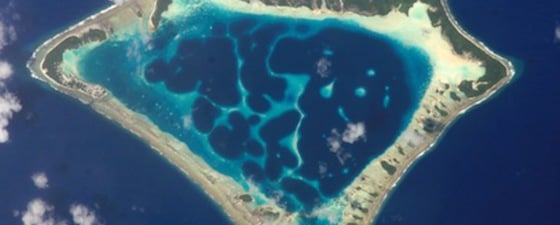As we all know, geology does not follow political boundaries. To undertake a wide-ranging geological study of a large region presents challenges, so finding a modern comprehensive review of an area such as the whole of the Black Sea is rare. To solve this issue, a number of scientific institutions and organisations have got together to form Geology Without Limits, in order to conduct international marine scientific programmes aimed at exploration and understanding of the geology of world basins and major geological elements of the Earth’s crust.
As Eugene Petrov, Senior Geoscientist with Regional Geophysical Exploration Ltd. in Moscow, which is co-ordinating the programme, explained: “Much of the Black Sea is well studied already, by many people, but the different authors tend to be subjective, and may not be basing their conclusions on modern technology. In order to combine all the available information, it is necessary to build a new tectonic model of the area. Conducting regional investigations is a multi-layered and complex process.”
The institutes involved in the Black Sea study come from Russia, Bulgaria, Romania, Ukraine and Turkey. Between them they have provided large volumes of vintage data to the study, as well as plentiful well information, the latter primarily confined to the shallow shelfal areas, which does not reflect the geological composition of the whole structure of the region. This data is therefore being augmented by the acquisition of about 8,900 line kilometres of high quality modern long offset (10,200m) seismic with powerful and specially tuned sources, designed to increase penetration. In this way the study has been able to investigate the poorly studied lower part of the sedimentary cover over the Black Sea depression, with processing focussed on depth horizons not observed in earlier investigations, using new velocity models. The results produced images to a depth of 18 km, from the Lower Cenozoic to the Triassic and Palaeozoic, providing new information on the Cenozoic structure, geodynamics and history of the Black Sea region as well as insights into its pre-Cenozoic evolution. Data processing was completed in January 2011, and the research was finalised in November the same year. Results are being presented at the EAGE in Copenhagen.
A second phase of the Black Sea programme will extend the study with the use of seismic refraction and ocean bottom sampling, particularly in the vicinity of gas volcanoes and chimneys, to clarify understanding of the major structural elements of the basin and construct a merged, updated tectonic-geodynamic model of the platform domains of south-eastern Europe.
Further co-operative projects are being planned, with a regional study leading to a tecto-dynamic model of the Caspian Sea already under way, involving research organisations from Russia, Azerbaijan, Kazakhstan, Turkmenistan and Iran so far. The study is due to be completed by 2014. And further from home, Geology Without Limits is planning a study of the Caribbean Basin, in which the Russian institutes will co-operate with scientific organisations from more than 30 countries bordering that major region. This project will study interrelationships between continental and oceanic crust blocks, the role of strike-slip and thrust tectonics in regional structure and the distribution and structure of carbonate platforms, among other topics.





